Product introduction:
The balance valve is a valve with special functions. There is no special feature of the valve itself, only the difference between the use function and the place. In some industries, due to the large pressure difference or flow difference of the medium (various types of flowable substances) in various parts of the pipeline or container, in order to reduce or balance the difference, the corresponding pipeline or container A valve is installed to adjust the relative balance of the pressure on both sides, or to achieve a balance of flow through the method of shunt, the valve is called a balance valve.

The balance valve is a valve that performs dynamic and static balance adjustment under hydraulic conditions. Balancing valves can be divided into three types: static balancing valves, dynamic balancing valves and differential pressure independent balancing valves.
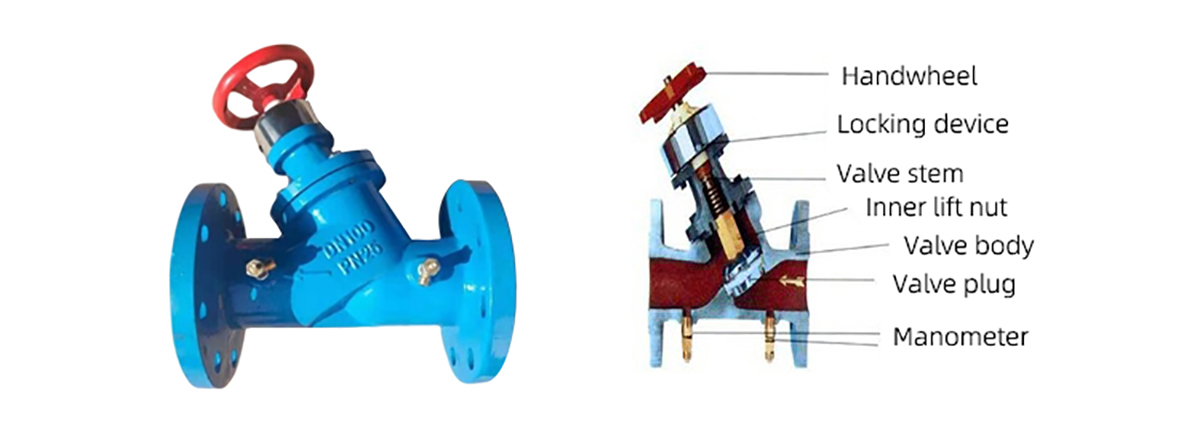
Static balance valve is also known as balance valve, manual balance valve, digital lock balance valve, two-position control valve, etc. It is changed by changing the gap (opening degree) between the valve core and the valve seat and adjusting the Kv (valve flow capacity) of the valve. The flow resistance flowing through the valve is to achieve the purpose of adjusting the flow. The object of its action is the resistance of the system, eliminating the phenomenon of unbalanced resistance in the system, so that the new water volume can be balanced and distributed according to the proportion calculated by the design, and each branch will be proportional at the same time. increase or decrease. The application of static balance valve in the system can be used in: main pipe, riser pipe, horizontal branch pipe and end, etc., the effect is equivalent to the same process pipe.


Product parameters:

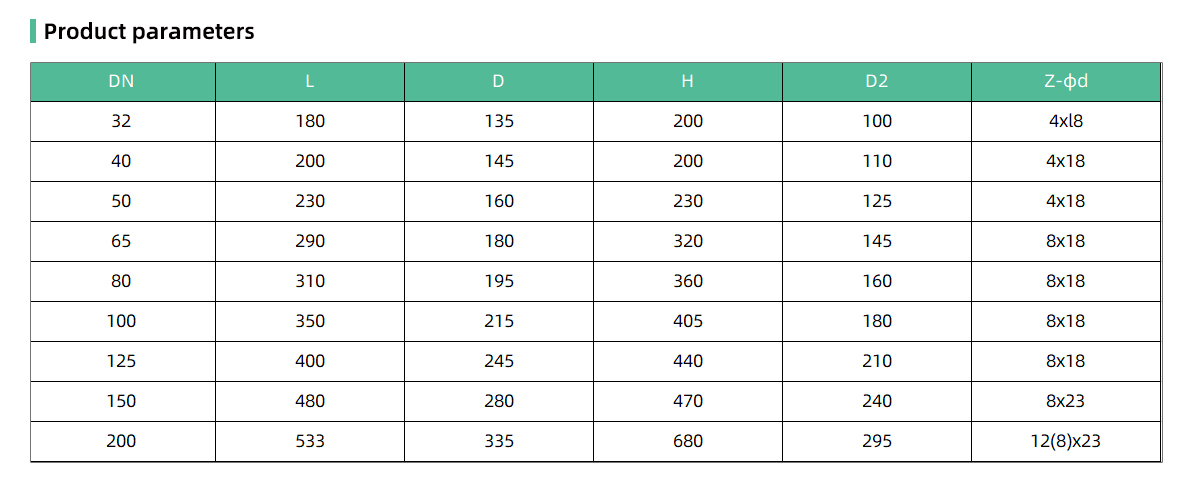
The above data is for reference only, please contact us for more details.
Product advantages
(1) Linear flow characteristics, that is, when the pressure difference between the front and rear of the valve is unchanged, the flow rate and the opening degree are generally linear;
(2) There is an accurate opening degree indication;
(3) There is an opening degree locking device, and non-managers can not arbitrarily Change the opening; the table connection can easily display the pressure difference before and after the valve and the flow through the valve.
Although the balance valve has many advantages, there are still many problems in its application in the air-conditioning water system. If these problems are not solved well, the characteristics of the balance valve cannot be fully displayed. The function of the balance valve is to adjust the predetermined flow of each distribution point (such as each floor) in the system. Balancing valves are installed at the entrance of each building, which can reasonably distribute the total flow of the heating system.
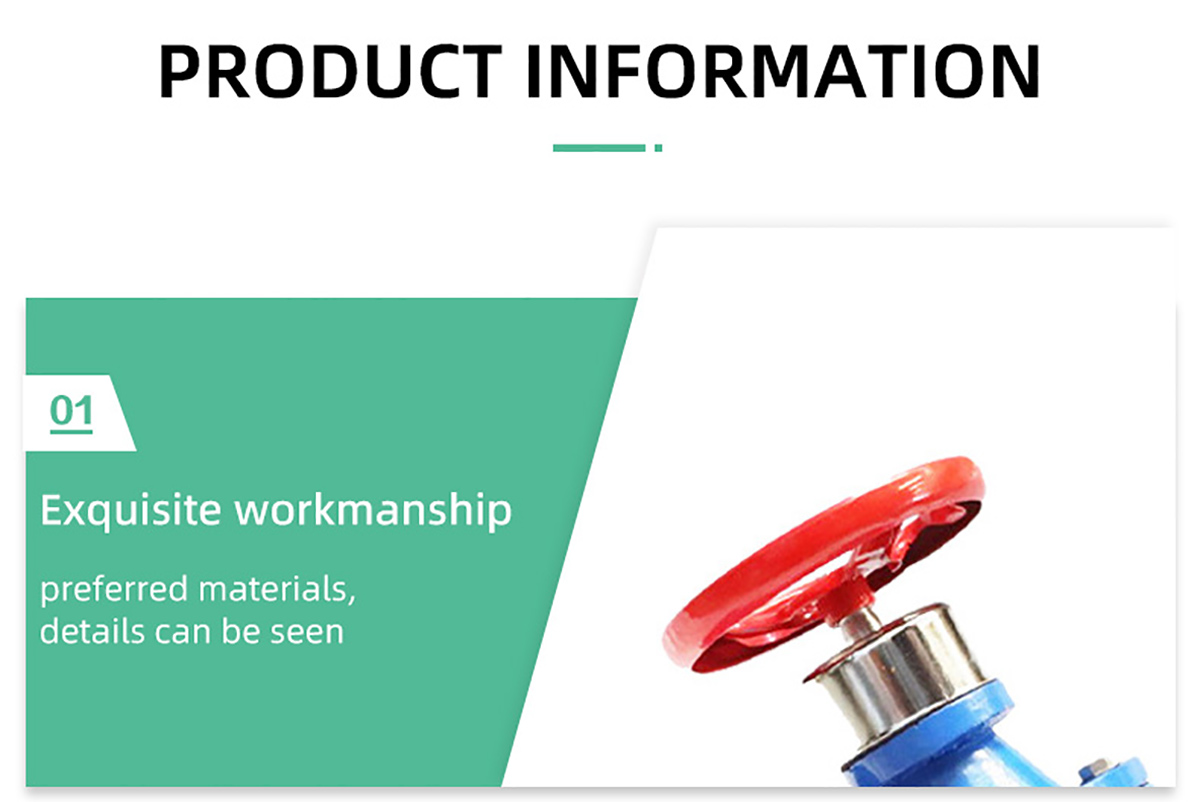
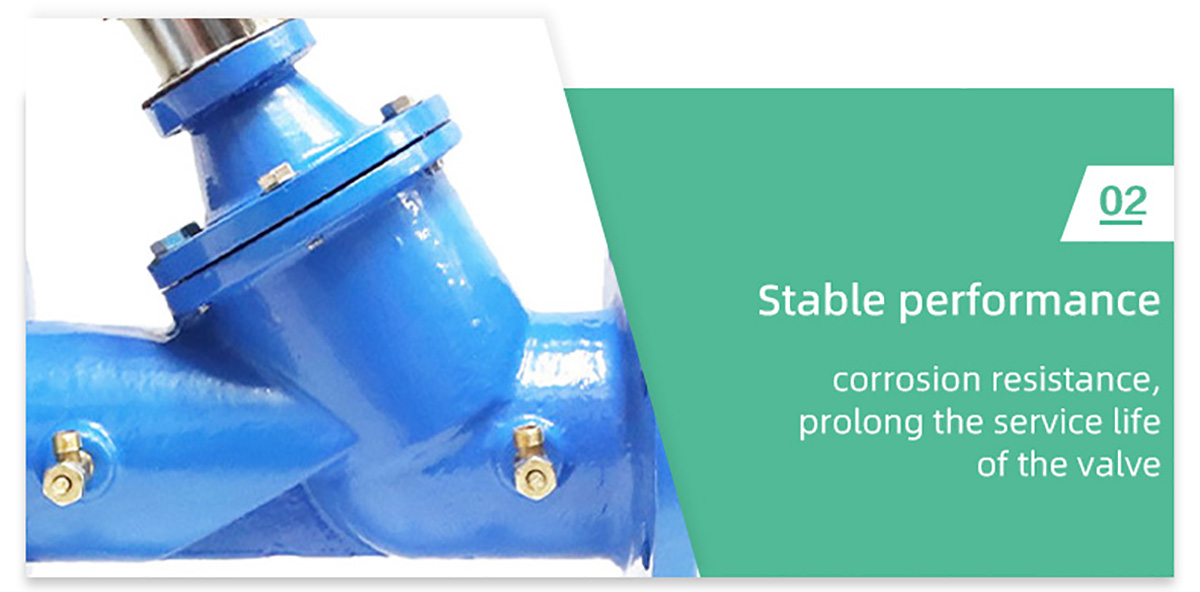
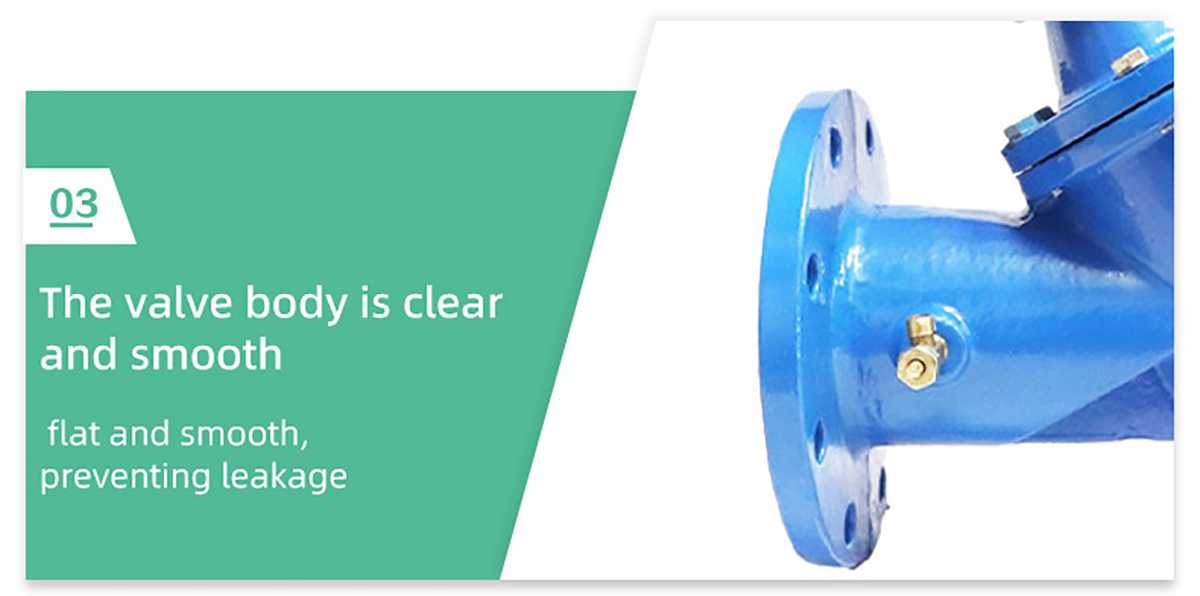
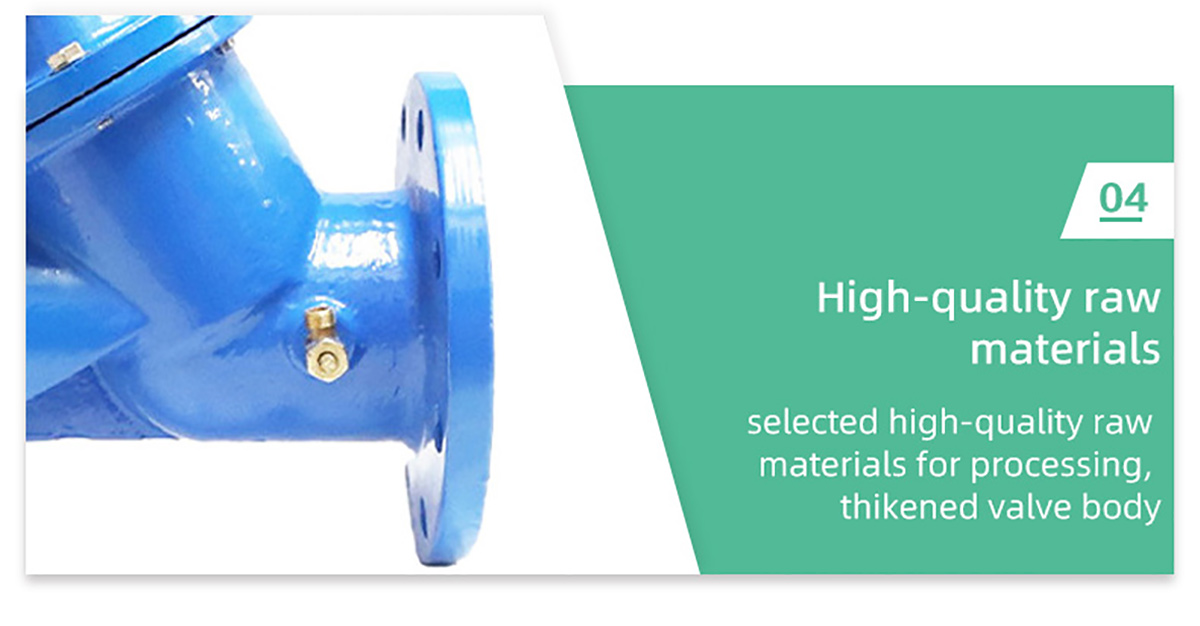
working principle
The principle of the balance valve is the inverse adjustment in the valve body. When the pressure at the inlet increases, the diameter is automatically reduced to reduce the change of flow, and vice versa. If reversed, this adjustment system will not work. Moreover, the valve plate that plays the role of adjustment is directional, and the reverse pressure can even reduce or even close the flow. Since the installation of the balance valve is for better heating, there is no problem of reverse installation. If it is the reverse, it is a human error, and of course it will be corrected. The balance valve belongs to the category of regulating valve. Its working principle is to change the flow resistance of the fluid flowing through the valve by changing the gap (ie the opening) between the valve core and the valve seat, so as to achieve the purpose of regulating the flow.
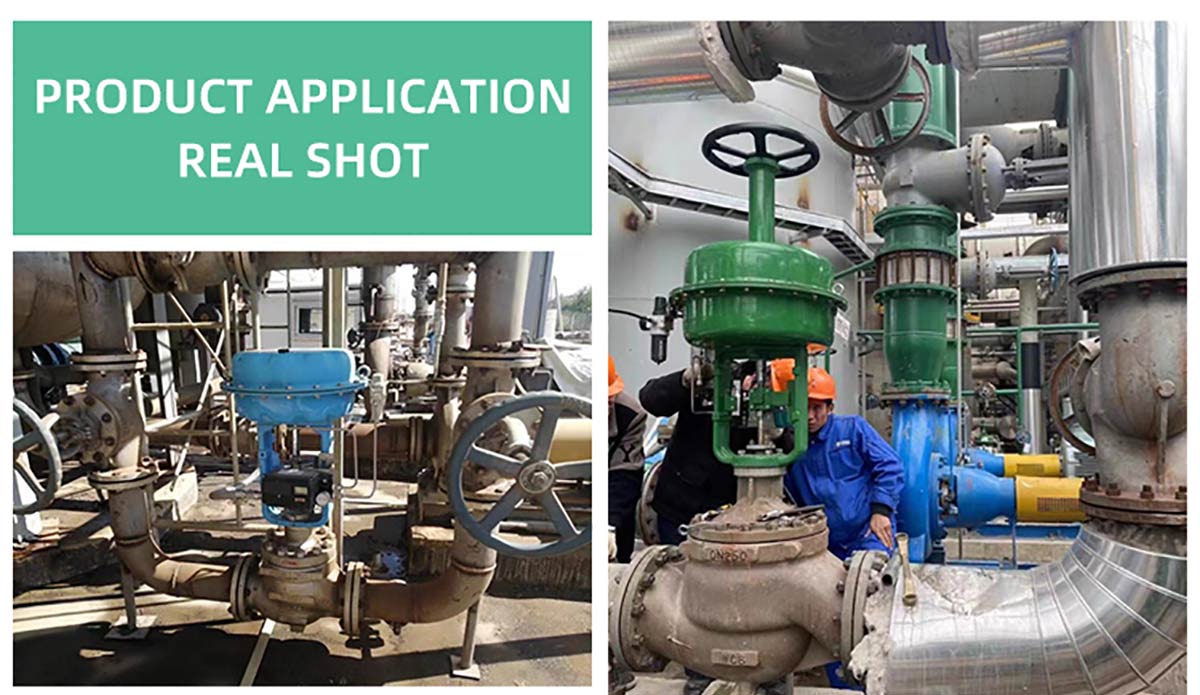
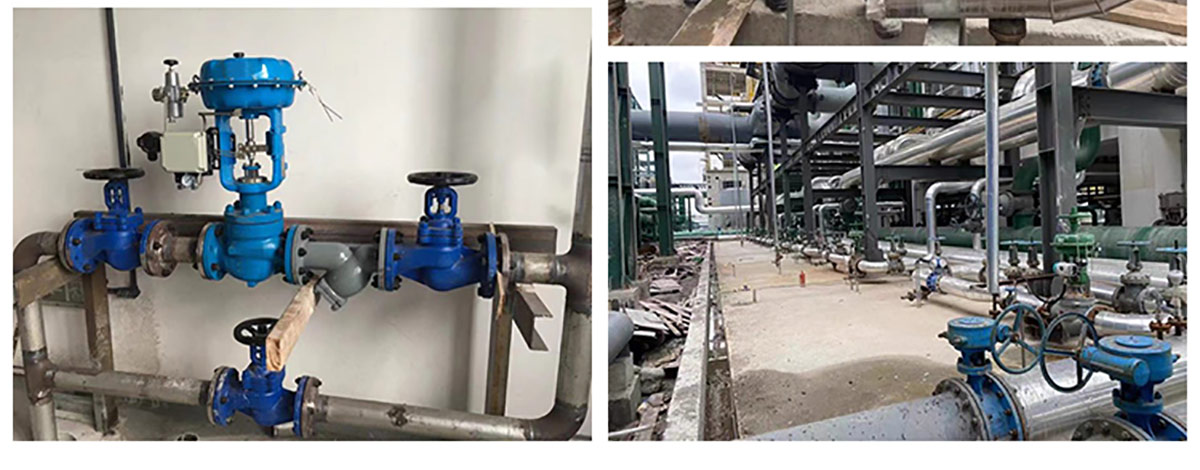
Application Analysis
Balancing valve should be correctly understood as a valve for balancing hydraulic conditions. Starting from this concept, all valves used for balancing hydraulic conditions, such as regulating valves, pressure reducing valves, self-operated flow control valves, and self-operated differential pressure control valves, should be regarded as balance valves for hydraulic conditions. The product called balance valve on the market is only a manual regulating valve with the additional flow test function. Static balancing valve refers to manual regulating valve or manual balancing valve. Dynamic balance valve refers to self-operated flow control valve and self-operated differential pressure control valve. Self-operated flow control valves were also called self-operated flow controllers and self-operated balancing valves. Self-operated differential pressure control valve is also known as Automotic Balamce Valve in Northern Europe.
Sample Display:



About us


Company qualification
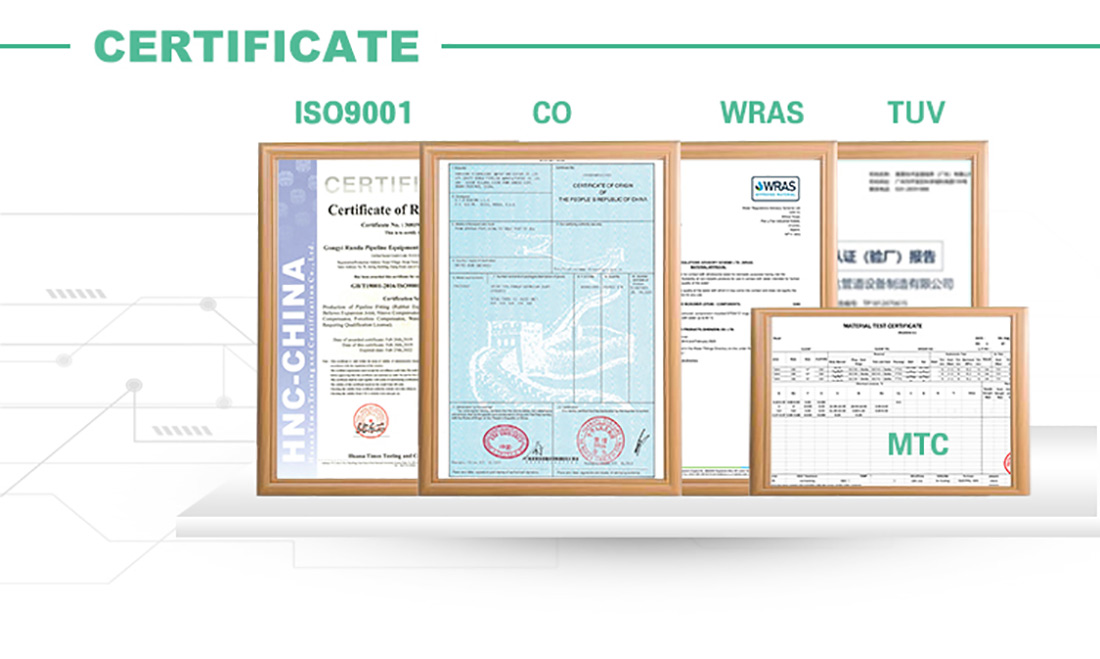
Exhibition and foreign trade customers


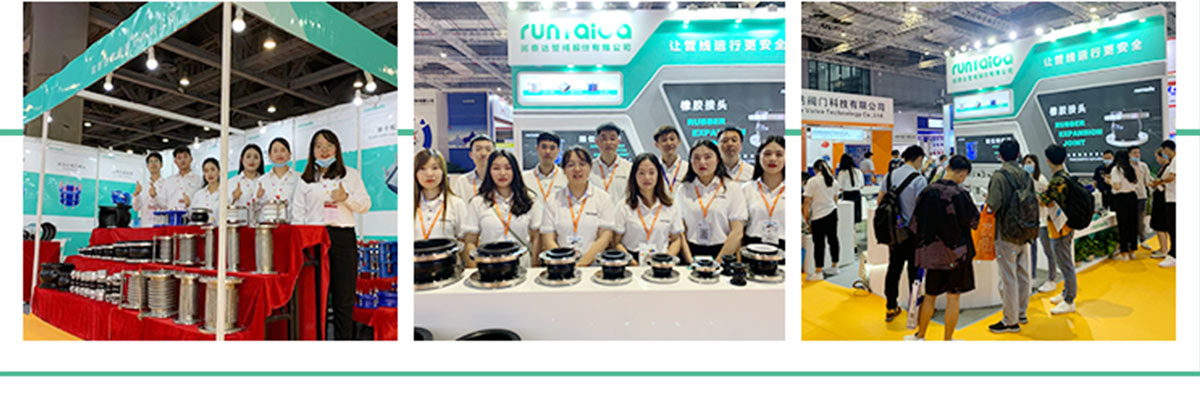
Warm and excellent team


Exporting country

Related Products
Inquiry
Please Feel free to give your inquiry in the form below.we will reply you in 24 hours.







